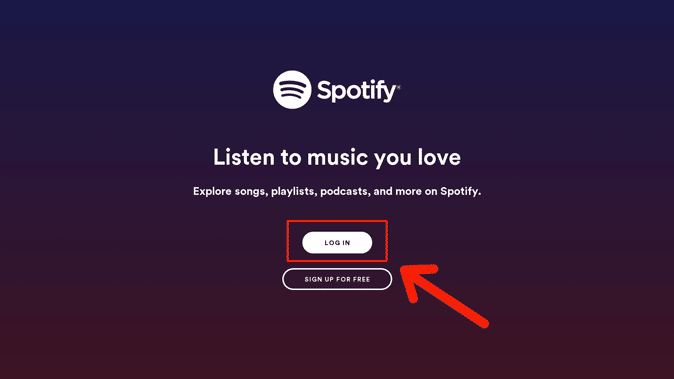
Here you tweak settings, get some usage statistics, and in the far/close future, request extended API access for your app.Ĭlick Show Client Secret to see your Client Secret. You’ll be taken to your app’s handy properties page. Tap the Create An App button, and provide whatever name and description you want for your app. Once you’ve got the dev account set up, your dashboard will look similar to this: Entirely self explanatory, once you try to get to the Dashboard.

Making a dev account is breezy and free, and only involves you having a Spotify account already. Initial SetupĪt the advent of everything here, you need to register an application on the Spotify For Developers Dashboard. The focus here is on the Spotify Node API usage and auth process. The code will use Express, but this could be done with whatever server framework you wish (or none at all), as the concepts remain the same.

Have the user click a link that leads to a /login endpoint, which sends the user to a Spotify Account Login page.Particularly, it doesn’t mention refresh tokens and the bottom half is kind of unclear. I can’t cover every factor of how your app’s auth can/should/could be implemented, but I can at least provide a good gist of what you’ll be going through here.Īlso, I think there’s some flaws in the chart. Spotify provides this neat `lil chart for how exactly the Authorization Code Flow should go for your application, which is neat!īut to me, it wasn’t entirely straightforward on what you could expect during the whole process. This is a top-down view of how I got everything to a working state using Spotify’s Authorization Code Flow and Spotify Web API Node. It took me a long while to get authorization right for Melrady. Spotify’s Authorization Code Flow For Dummies


 0 kommentar(er)
0 kommentar(er)
